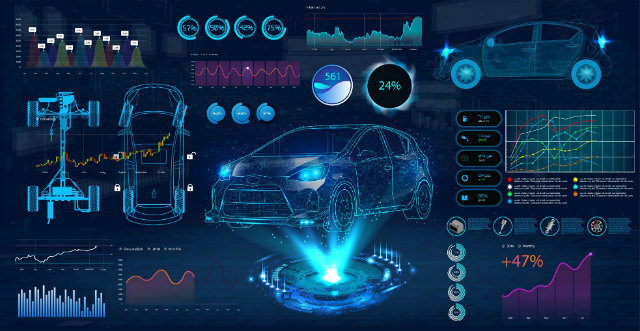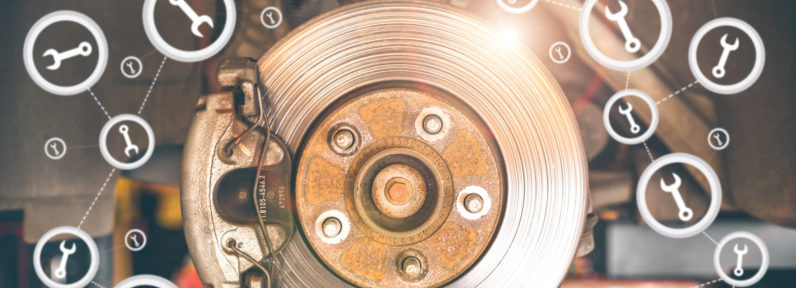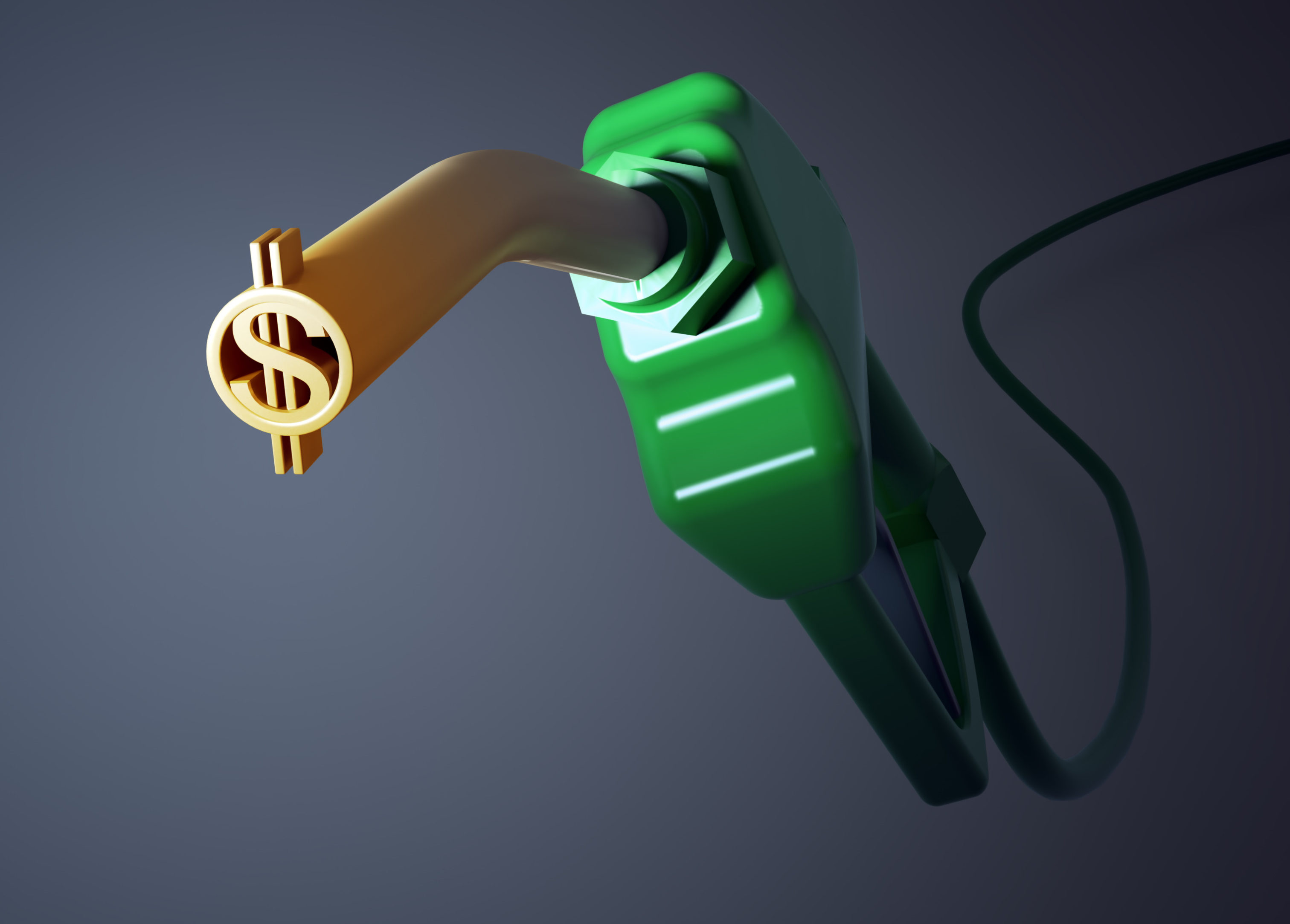In the Annual Aftermarket Intelligence Report produced by Jobber Nation and Indie Garage, we presented what we think are some of the key trends to watch.
These Trends to Watch cover the gamut from overall service market trends supported by what we believe to be the best available research data, and other trends that we’re seeing play out in the bays, but may not always be clearly manifested in the data. At least not yet.
Here are a few. For the rest, and supporting research, check out the Aftermarket Intelligence Issue HERE
Trend to Watch: Overall service market returns to “normal”
The overriding trend over the past year for the automotive service sector in Canada as a whole is what can best be described as a pullback to more normal total dollars.
While during the depths of the pandemic there were erratic shifts and changes in both activity and where that service activity took place—independent automotive service providers did particularly well as competing car dealer fixed-ops struggled relatively more with restrictions and capacity constraints—with a high-water mark of more than $10 billion CAD in service business.
In 2023, that total volume dropped down to approximately $9.1 billion CAD, which is more in keeping with pre-pandemic activity estimates.
Despite this “normalcy” however, this is still activity executed against headwinds of both inflationary pressures and demands on consumers, and continuing—if moderating—supply chain challenges.
Within the numbers provided by JD Power through the Customer Long Term Service Index tracking vehicles 4 to 12 years old, the Independents continued to have the majority of service occasions, while having slightly below half of the service dollars.
Additional research data indicates strong miles driven continuing, inflation moderating, and ongoing improvements in supply chain performance that together indicate opportunities for improving performance ahead.
Trend to watch
Alignment: Advanced Driver Assist Systems set to grow rapidly

ADAS continues to top the list of alignment service concerns, and continues to be regarded by the industry at large as one of the biggest single opportunities for the sector.
On the order of better than one-third of all new cars are equipped with comprehensive ADAS systems, with almost all new vehicles having at least one ADAS feature available (adaptive cruise control, lane departure warning, emergency braking assistance, etc.)
However, ASPs continue to be split into early adopters and those who outsource for reasons of local market size, human and financial resources, and physical space requirements of ADAS calibration systems.
A study by MEMA Aftermarket Suppliers “ADAS Aftermarket Service Ecosystem—The Coming Wave of Aftermarket Opportunity,” stated that more than 90 percent of ADAS work coming into mechanical shops is outsourced to dealers.
ADAS parts and services will experience more than 17 percent CAGR through 2030.
In 2020, just more than one-in-ten vehicles in operation had an ADAS feature. By 2025, this is expected to be 30%, and fully half of the vehicles in operation by 2030 will be equipped with ADAS.
All of which is to say that the market potential—hampered driven by low early new-car appearance of ADAS systems—is set to rise rapidly.
Trend to watch
Lube Oil Filter business is changing: Product and business trends to watch

From a product perspective, the grades and performance of engine oils continue to evolve and proliferate. A combination of changing automaker driven certifications have pushed their way onto the labels of many brands available to the aftermarket. Although this is not new, the pace of change and proliferation of options that it requires access to greater breadth of product. While the shift in grades is incremental, over the recent period the rise in lighter oils as a significant parts of the oil change market has been unmistakable. 0W16 grades would have been unheard, but are now becoming part of the standard offering.
And, while it is still early in the EV fluid market development, players are making their positions known by introducing products for this segment. Fluids specifically engineered for EV applications in transmissions, coolants, and greases are focused on efficiency and battery cooling are designed to maximize the performance and longevity of EV systems. While current sales volumes are low, the halo effect of showing “EV readiness” is not to be dismissed.
A second trend of note is the increasing interest of major players in the market in developing business and marketing programs to align with independent shops. Offering more than just outward signage—though offerings vary in both depth and breadth—it is unmistakable evidence that suppliers into this segment are looking to secure tighter connections with their service partners.
Trend to watch
Brake Service: Continuing effects of low-km usage

As the on the road activity continues to return to normal, there continues to be ongoing impacts from the pandemic-related idling of vehicles.
Even as workplaces have pressed for a “return to office,” many staffers appear to be either remote or hybrid for the duration. This has an impact on amount of time their vehicles sit idle, which can promote brake component corrosion.
Corrosion of components is likely to be the cause of larger than expected repairs for some time to come; service professionals are advised to ensure that that effective brake inspections continue to uncover hidden weaknesses in brake systems that customers may not be aware of.
Also continuing, service professionals should pay special attention to all wheel end components as vehicles will continue to fall victim to the effects of having sat stationary for extended periods of time, even though the damage from that may not show up for some time.
Trend to watch
Engine/Fuel System Service: Promoting fuel saving service

As with some other components and systems, the lingering impact of the pandemic on driving habits will be with us for some time.
While the extended idling of vehicles did allow for an uptick in gasoline aging in the tank—causing diagnostic headaches for technicians—driving in Canada has largely rebounded.
However, so has the price of fuel, so this provides some excellent opportunities for conversations with customers about keeping their vehicle in proper tune so that it can deliver the fuel economy and emissions it was designed to.
On the flipside, technicians should be mindful that drivers may be looking to economize on fuel purchases (e.g. regular vs high octane) with possible impacts on driving and economy.
Check out the rest of the Aftermarket Intelligence Issue digiial edition



0 Comments